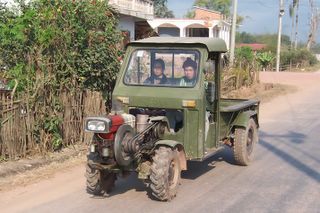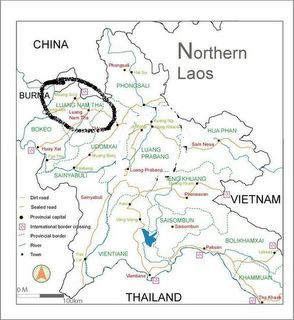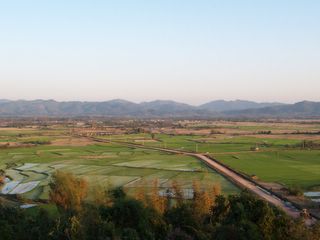Tomorrow is a big day. We need to submit our bid list, and at this point the list is not final (for us, anyway).
We'll see what happens, and we'll let you know what our list looks like.
And of course, we'll let you know where we are going once we know. Should be in about 3 weeks or so.
Our top picks will be in some order similar to:
1. Windhoek, Namibia
2. Damascus, Syria
3. Belize City, Belize
4. The Hague, The Netherlands
5. Kiev, Ukraine
6. Moscow, Russia
7. Bangkok, Thailand (hey, we could just get in the car and drive our stuff down)
8. Chisanau, Moldova
9. Ashgabat, Turkmenistan
10. Athens, Greece
and so on (10 more)
We're hoping for something in the top 6, but won't get The Hague and really hope for Windhoek.
Time for bed.
I've got some visitors from our Weapons Abatement and Removal office in Washington (UXO) arriving tomorrow that I will be shepherding around for 6 days or so, including a trip down to Champassak and Sekong Provinces (Sekong being the heart of the Ho Chi Minh Trail during the war, and a UXO riddled province now, Champassak being where Pakse is, which is where the airport is).


















































